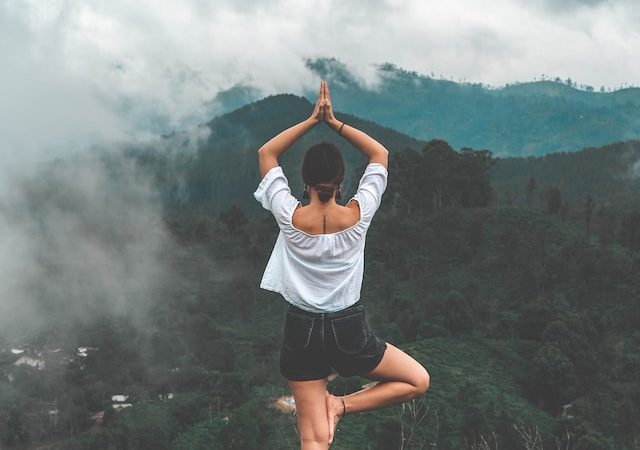In the quest for the proverbial fountain of youth, researchers may have stumbled upon a powerful ally: yoga. A growing body of evidence suggests that this ancient practice can play a pivotal role in combating frailty and enhancing the well-being of older adults. As we delve into the depths of this exciting research, we uncover
In the quest for the proverbial fountain of youth, researchers may have stumbled upon a powerful ally: yoga. A growing body of evidence suggests that this ancient practice can play a pivotal role in combating frailty and enhancing the well-being of older adults. As we delve into the depths of this exciting research, we uncover the potential of yoga as a transformative tool in the battle against the challenges of aging.
Frailty, a condition marked by weakness, decreased physical function, and vulnerability to illness, affects millions of older adults worldwide. It not only diminishes the quality of life but also increases the risk of falls, hospitalization, and disability. However, recent studies have revealed that regular participation in yoga may hold the key to defying the grip of frailty.
A groundbreaking study conducted by a team of researchers at a renowned university examined the effects of a specially designed yoga program on a group of older adults. The results were nothing short of remarkable. Over the course of the study, participants experienced significant improvements in muscular strength, flexibility, and balance. Additionally, their overall physical function and quality of life showed noticeable enhancements.
The key to yoga’s effectiveness lies in its unique blend of physical postures, controlled breathing, and mindfulness. The gentle yet challenging nature of yoga allows older adults to build strength, flexibility, and endurance gradually. Through regular practice, participants develop greater body awareness, improving their balance and reducing the risk of falls—a common concern among the elderly. Moreover, the mind-body connection fostered by yoga cultivates a sense of well-being that extends beyond the physical realm, positively impacting mental and emotional health.
The adaptability of yoga is another crucial factor that makes it an ideal exercise for older adults. Skilled instructors can modify poses and sequences to accommodate various fitness levels and physical limitations. This inclusivity ensures that individuals of all abilities can engage in the practice safely and confidently. Furthermore, the social aspect of practicing yoga in a group setting promotes a sense of community and support, combating feelings of isolation that often accompany aging.
Beyond the physical benefits, yoga’s impact on mental and emotional well-being is equally profound. Chronic stress, prevalent among older adults, can have detrimental effects on overall health. The mindfulness and deep breathing techniques employed in yoga provide a powerful antidote to stress, promoting relaxation and mental clarity. Additionally, the introspective nature of yoga allows practitioners to tap into their inner wisdom, fostering self-acceptance, and emotional resilience.
While yoga cannot turn back the hands of time, its holistic approach to aging offers a powerful countermeasure to the challenges that come with growing older. As the research unfolds, it is essential to ensure that yoga programs are accessible and available to all older adults, regardless of their socioeconomic status or physical abilities. Governments, healthcare providers, and community organizations must work hand in hand to make this transformative practice a cornerstone of healthy aging.
As we continue to search for the fountain of youth, perhaps the answer lies not in a mythical spring, but in the quiet serenity of a yoga mat. By embracing yoga as a regular practice, older adults can tap into their inner strength, enhance their physical abilities, and find solace in the knowledge that they hold the key to aging gracefully.

















Leave a Comment
Your email address will not be published. Required fields are marked with *